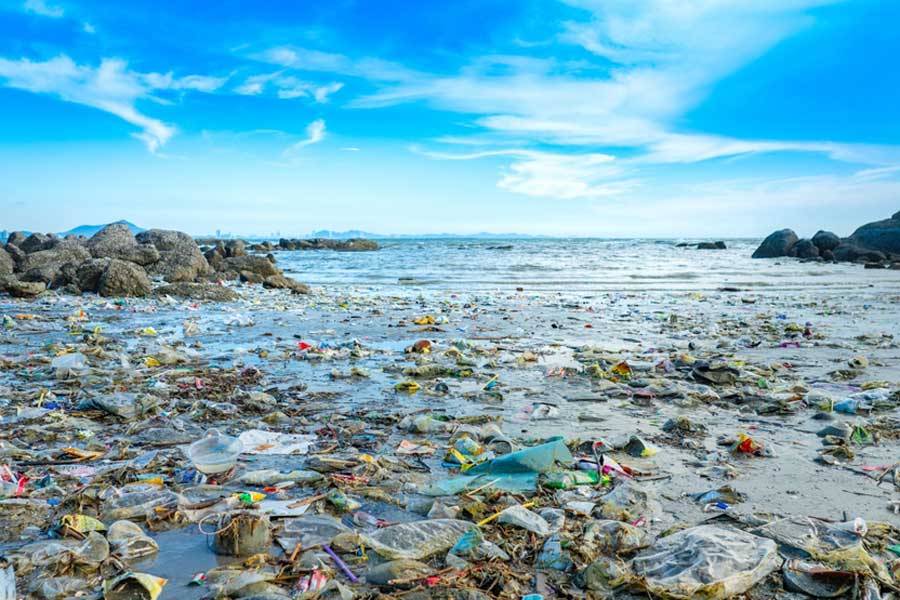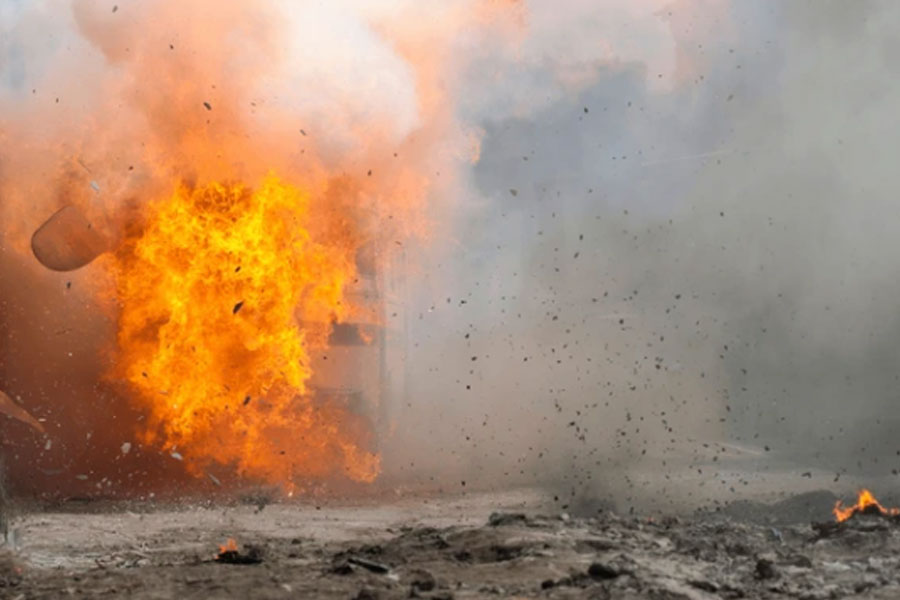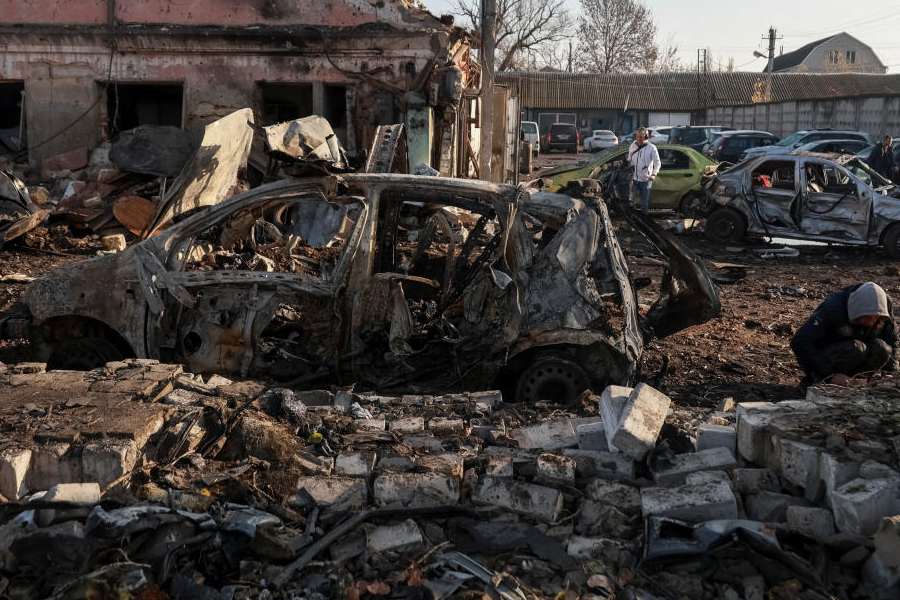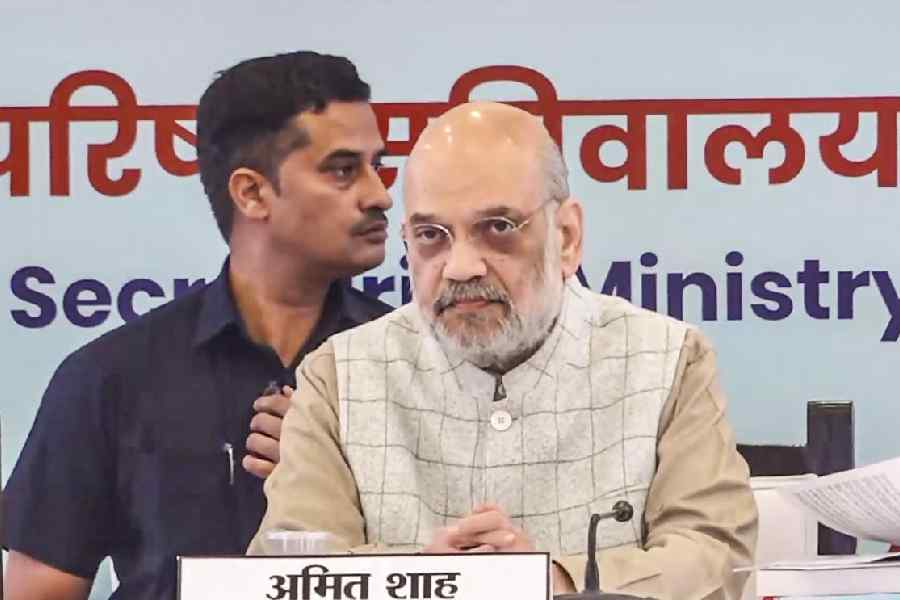Crime in India 2023, a report released recently by the National Crime Records Bureau, has shed intriguing light on environmental crimes. At first glance, it offers a strikingly optimistic picture. With 68,994 cases recorded last year — a 30% rise from 2022 — environmental crimes had a higher rate of chargesheets than all crimes committed under Special and Local Laws, which deal with particular subjects. The pendency rate for environmental crimes is lower than the Indian Penal Code and the SLL rates, suggesting that India is not only taking environmental violations seriously but also ensuring swift accountability. But the devil lies in the details. The majority of environmental crimes in the NCRB data is accounted for by the Cigarettes and Other Tobacco Products (Prohibition of Advertisement and Regulation of Trade and Commerce, Production, Supply and Distribution) Act and noise pollution laws which together amounted to 89%-96% of environmental crime cases between 2018 and 2023. These two statutes, which do not deal with transgressions against the environment that legislations like the Indian Forest Act, Wildlife Protection Act, Environment (Protection) Act, Air & Water (Prevention and Control of Pollution) Act and others seek to curtail, have led to the rise in prosecution under environmental crimes. The conviction rate for the remaining laws remains abysmally low. For instance, Delhi and Punjab, two states that face severe air pollution during winters, did not register a single case under the Air (Prevention and Control of Pollution) Act in 2023. The disproportionately high share of offences and convictions in allied crimes has created the illusion of progress in the realm of environment.
What then explains the poor conviction rate when it comes to punishing environmental crimes in India? India’s law enforcement mechanism remains weak. The National Green Tribunal, which is entrusted with hearing and disposing of environmental cases, is not empowered to conduct criminal proceedings. Instead, it is designed to impose penalties and order cancellation of licenses. Even then, there were no convictions under the law in 2018 and in 2020. Again, regulators such as Pollution Control Boards have often been found to restrict their mandates to issuing show-cause notices to polluters as pursuing criminal proceedings is often a prolonged and cumbersome process. The NCRB data are less an indicator of environmental justice than of statistical jugglery. This will continue until India witnesses enhanced political will being combined with stringent application of laws with teeth to curb environmental violations.











